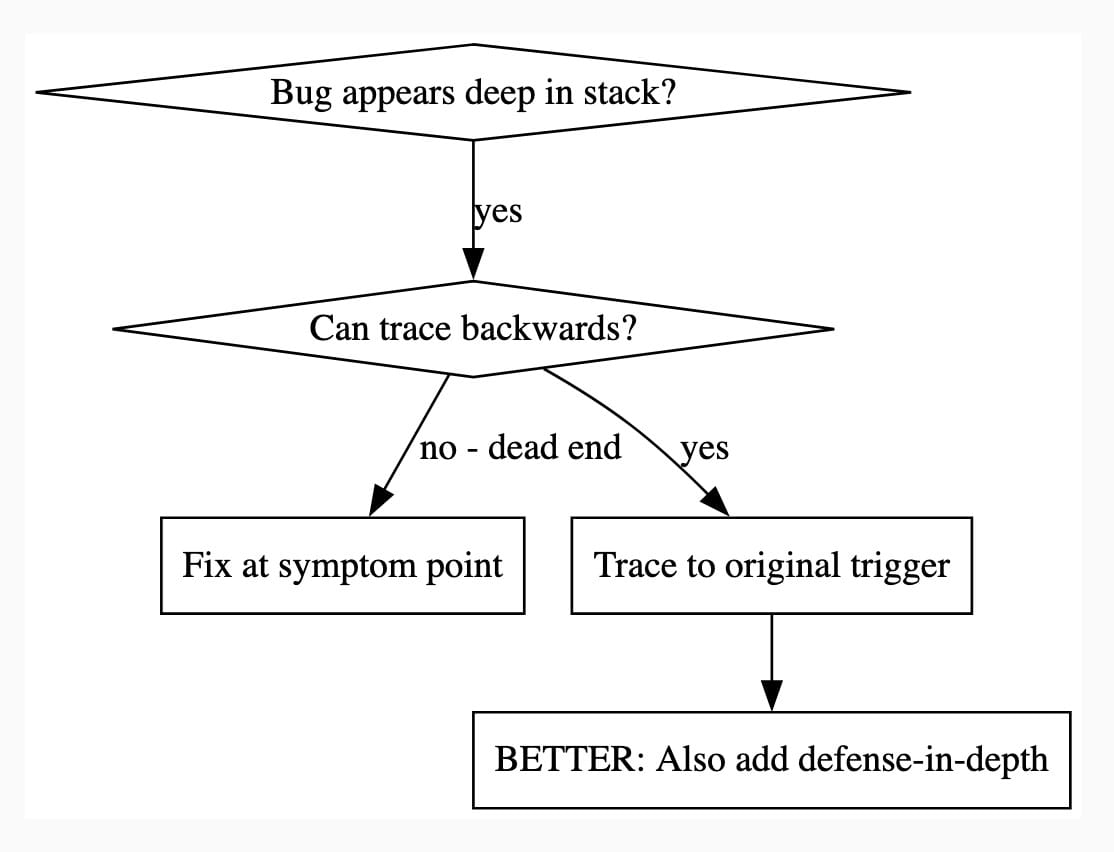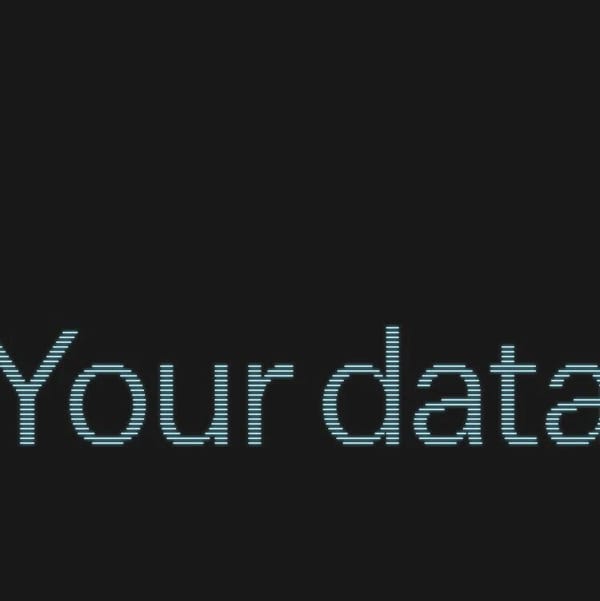Superpowers: How I Use Coding Agents in October 2025

Superpowers: How I'm Using Coding Agents in October 2025
Read Jesse Vincent's October post
This is a follow-up to his September piece, but it’s substantial enough to stand on its own.
---
Why Jesse’s Workflow Stands Out
Jesse Vincent is one of the most creative users of coding agents—especially Claude Code—I know. He has developed a refined, highly effective workflow that includes:
- Test-driven development (TDD) with red/green cycling — ensuring a test fails before writing the fix.
- Detailed step planning for clarity and reproducibility.
- Self-updating memory notes for persistent context across sessions.
- A feelings journal for agent self-reflection — e.g., “I feel engaged and curious about this project” (Claude).
---
Claude Code Plugins & "Superpowers"
Claude Code recently introduced plugins.
To celebrate, Jesse bundled many of his techniques into a new plugin called Superpowers.
Installation
/plugin marketplace add obra/superpowers-marketplace
/plugin install superpowers@superpowers-marketplace---
Exploring the Repository
You can set aside time to browse the full Superpowers repo.
One fun example is the Root Cause Tracing skill:
---
---
name: Root Cause Tracing
description: Systematically trace bugs backward through the call stack to identify the original trigger
when_to_use: Bug appears deep in the call stack but you need to locate its origin
version: 1.0.0
languages: all
---
**Overview**
Bugs often appear deep within the call stack (e.g., running `git init` in the wrong directory, creating a file in an incorrect location, or opening a database with a wrong path). The instinct might be to fix the spot where the error is detected, but that only treats the symptom.
**Core principle:** Trace backward through the call chain until you identify the original trigger, then fix the source.
**When to Use**digraph when_to_use {
"Bug appears deep in stack?" [shape=diamond];
"Can trace backwards?" [shape=diamond];
"Fix at symptom point" [shape=box];
"Trace to original trigger" [shape=box];
"BETTER: Also add defense-in-depth" [shape=box];
"Bug appears deep in stack?" -> "Can trace backwards?" [label="yes"];
"Can trace backwards?" -> "Trace to original trigger" [label="yes"];
"Can trace backwards?" -> "Fix at symptom point" [label="no - dead end"];
"Trace to original trigger" -> "BETTER: Also add defense-in-depth";
}
---
Why It’s Interesting
- Uses a Graphviz DOT graph to visually represent the debugging workflow.
- Claude can interpret DOT diagrams as instructions, enabling rich debugging visualizations.
- Encourages backtracking through logic rather than treating superficial symptoms.
---
DOT Graph Visualization
I quickly vibe-coded a URL-based DOT visualizer — see the rendered output here:

---
Connecting Debugging Workflows to Multi-Platform Publishing
This kind of integrated skill documentation fits neatly into larger AI-assisted content ecosystems.
For example, AiToEarn enables:
- Simultaneous publishing to Douyin, Kwai, WeChat, Bilibili, Rednote, Facebook, Instagram, LinkedIn, Threads, YouTube, Pinterest, X.
- Automated AI content generation, analytics, and model ranking.
- Monetization of both human-written and AI-generated methodology guides.
---
Jesse’s Token-Efficient Architecture
> Core efficiency: Loads a single doc (<2k tokens).
> When a specific process step is needed, runs a shell script to retrieve it.
> An end-to-end chat sequence for building a to-do list app hit 100k tokens.
> Employs subagents for heavy task execution and token-hungry implementation work.
Jesse’s post also led me to Claude’s `/mnt/skills/public` directory — see my write-up here.
---
Tools for AI Content Creators
For developers working on multi-agent systems or efficient token management, platforms like AiToEarn官网 can be invaluable:
- Open-source AI content monetization.
- Publish & earn from one AI-generated source across all major social platforms.
- Integrates tools for generation, analytics, and AI model rankings.
- Explore AiToEarn documentation or see the latest AI model leaderboard.
---
Bottom line: Jesse’s Superpowers plugin and workflow are a masterclass in turning coding agents into truly personalized, multi-functional development companions. Anyone serious about leveraging Claude Code—or similar tools—should dive into his shared resources.
---
Would you like me to also create a visual workflow map summarizing Jesse’s entire October “Superpowers” setup so it’s easier to replicate? That would make this even more actionable.



